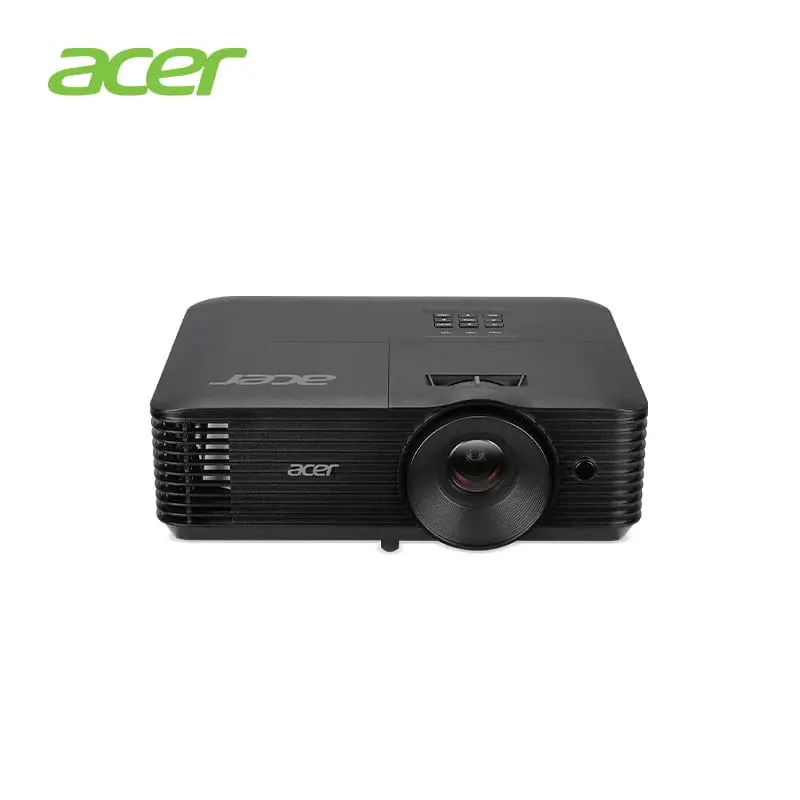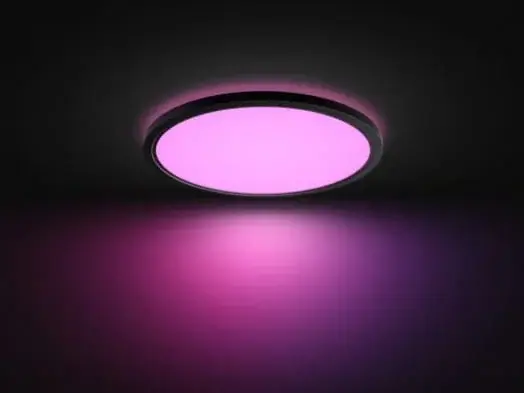The Redmi Note 13 Pro 5G was launched in January of last year in India. This mid-range smartphone features a 200MP triple rear camera setup, a Snapdragon 7s Gen 2 processor, and a substantial 5,100mAh battery.
Priced currently at Rs. 25,000 for the base model with 8GB RAM and 128GB storage, and Rs. 29,000 for the top-tier 12GB + 256GB variant, there are other options within the same price range that offer faster processors and additional specifications.
If you’re considering the Redmi Note 13 Pro 5G, take a look at some alternatives to make a more informed purchasing decision.
Redmi Note 13 Pro 5G: Spec Sheet
- Display: 6.67″ AMOLED screen, 1220 x 2712 pixels resolution, 120Hz refresh rate, 1800nits peak brightness
- Rear Camera: 200MP (OIS) – Primary, 8MP – Ultrawide, 2MP – Macro
- Video Recording: 4K @ 30 FPS, 1080p @ 30/60 FPS, 720p @ 30 FPS, 1080p slow-mo @ 120 FPS, 720p slow-mo @ 120/240 FPS
- Front Camera: 16MP
- Chip: Snapdragon 7s Gen 2 (4nm), Adreno 710 GPU
- RAM/Storage: 8GB + 128GB, 8GB + 256GB, 12GB + 256GB
- Battery: 5,100 mAh battery, 67W charging
- Connectivity: 5G / 4G / 3G / 2G, Wi-Fi 5, Bluetooth v5.2, GPS, GLONASS, BDS, GALILEO, QZSS
4 Better Alternatives to Redmi Note 13 Pro 5G You Can Consider
1. Poco F6
- Display: 6.67″ AMOLED, 120Hz, 1220 x 2712 pixels resolution, Gorilla Glass Victus
- Rear Camera: 50MP (OIS) – Primary, 8MP – Ultrawide
- Front Camera: 20MP
- Video Recording: 4K @ 30/60 FPS, 1080p @ 30/60/120/240 FPS
- Chip: Snapdragon 8s Gen 3 (4nm), Adreno 735 GPU
- RAM/Storage: 8GB + 256GB, 12GB + 256GB, 12GB + 512GB
- Battery: 5,000 mAh battery, 90W charging
- OS: Android 14, HyperOS
- Connectivity: 5G, Wi-Fi 6, Bluetooth v5.4
Poco F6 Price:
- 8GB + 256GB: Rs. 29,999
- 12GB + 256GB: Rs. 31,999
- 12GB + 512GB: Rs. 33,999
For those prioritizing performance, the Poco F6 stands out in the Rs. 20,000 – 30,000 price range. It boasts a Snapdragon 8s Gen 3 processor, Qualcomm’s flagship chipset, unlike the mid-range Snapdragon 7s Gen 3 found in the Redmi Note 13 Pro 5G.
Both phones share the same display, but the Poco F6 has a higher peak brightness of 2400nits, enhancing outdoor content visibility. Its camera setup includes a 50MP (main) OIS + 8MP (ultrawide) configuration. Reviews indicate that while the Redmi Note 13 Pro 5G excels in high-resolution photography, the Poco F6 offers a more balanced experience.
2. Poco X6 Pro
- Display: 6.67″ AMOLED, 120Hz, 1220 x 2712 pixels resolution, Gorilla Glass 5
- Rear Camera: 64MP (OIS) – Primary, 8MP – Ultrawide, 2MP – Macro
- Front Camera: 16MP
- Video Recording: 4K @ 24/30 FPS, 1080p @ 30/60 FPS
- Chip: Dimensity 8300 Ultra (4nm), Mali G615-MC6 GPU
- RAM/Storage: 8GB/12GB LPDDR5X RAM, 256GB/512GB UFS 4.0 Storage
- Battery: 5,000 mAh battery, 67W charging
- OS: Android 14, HyperOS
- Connectivity: 5G, Wi-Fi 6, Bluetooth v5.4
Poco X6 Pro Price:
- 8GB + 256GB: Rs. 23,999
- 12GB + 512GB: Rs. 25,999
The Poco X6 Pro is another tough competitor, packing a high-performance Dimensity 8300 Ultra chipset, outperforming the Snapdragon 7s Gen 2 in the Redmi Note 13 Pro 5G. While the camera resolution is lower at 64MP compared to 200MP on the Redmi, the Poco X6 Pro offers balanced camera performance.
3. OnePlus 11R
- Display: 6.74″ Fluid AMOLED, 120Hz, 1240 x 2772 pixels resolution, 10-bit color, HDR10+
- Rear Camera: 50MP (OIS) – Primary, 8MP – Ultrawide, 2MP – Macro
- Front Camera: 16MP
- Video Recording: 4K @ 30/60 FPS, 1080p @ 30/60 FPS, 1080p slow-mo @ 240FPS
- Chip: Snapdragon 8+ Gen 1 (4nm), Adreno 730 GPU
- RAM/Storage: 8GB/16GB LPDDR5X RAM, 128GB/256GB/512GB UFS 3.1 Storage
- Battery: 5,000 mAh battery, 100W charging
- OS: Android 13, OxygenOS 13
- Connectivity: 5G, Wi-Fi 6, Bluetooth v5.3, NFC
OnePlus 11R Price:
- 8GB + 256GB: Rs. 27,999
- 16GB + 256GB: Rs. 36,381
The OnePlus 11R strikes a good balance between camera quality and performance. It features a slightly larger 6.74-inch display and is powered by the robust Snapdragon 8+ Gen 1 chip. The OnePlus 11R offers better GPU performance and faster charging compared to the Redmi Note 13 Pro 5G.
4. iQOO Neo 7 Pro
- Display: 6.78″ AMOLED, 120Hz, 1080 x 2400 pixels resolution
- Rear Camera: 50MP (OIS) – Primary, 8MP – Ultrawide, 2MP – Macro
- Front Camera: 16MP
- Video Recording: 4K @ 30 FPS, 1080p @ 30 FPS
- Chip: Snapdragon 8+ Gen 1 (4nm), Adreno 730 GPU
- RAM/Storage: 8GB/12GB RAM, 128GB/256GB UFS 3.1 Storage
- Battery: 5,000 mAh battery, 120W charging
- OS: Android 13, Funtouch OS 13
- Connectivity: 5G, Wi-Fi 6, Bluetooth v5.2
iQOO Neo 7 Pro Price:
The iQOO Neo 7 Pro is another excellent alternative, featuring a Snapdragon 8+ Gen 1 flagship chipset and Adreno 730 GPU, offering superior performance and gaming capabilities compared to the Redmi Note 13 Pro 5G. Although the display is slightly larger on the iQOO phone, it has a slightly lower resolution and peak brightness.
Both phones have similar camera specs, but the iQOO Neo 7 Pro includes a 50MP Samsung GN5 primary sensor. Like the others, it supports 4K video recording and has fast charging capabilities, with a 5,000mAh battery that can charge up to 50% in just 7 minutes.






















